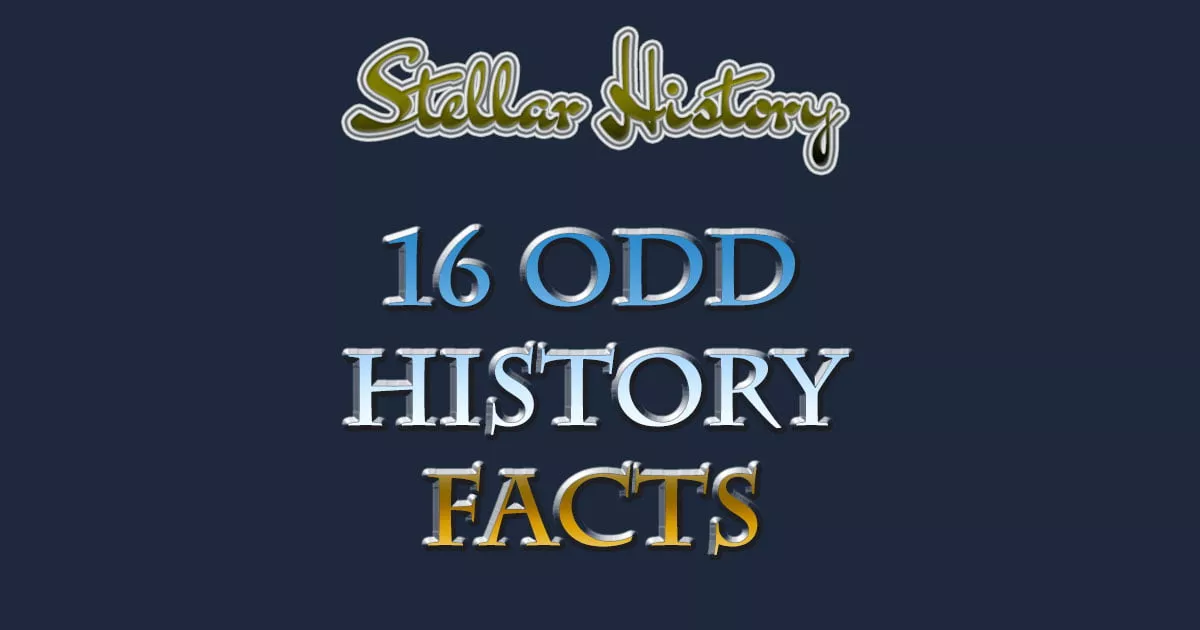

Humans are undeniably strange creatures, and our quirks have been documented throughout history. From peculiar customs to bizarre events, there’s no shortage of oddities. So, let’s explore 16 of the weirdest history facts—because why 16? Well, that’s just another oddity to add to the list!
The iconic Hollywood sign wasn’t always just “Hollywood.” Constructed in 1923, the original sign read “Hollywoodland” and was an advertisement for a real estate development. The project cost $21,000, a substantial sum at the time. By 1949, the sign had fallen into disrepair, prompting a restoration effort.
During this restoration, the last four letters were removed, transforming it into the landmark we know today. The change was driven by local residents who wanted the sign to reflect the broader district, not just the housing development.
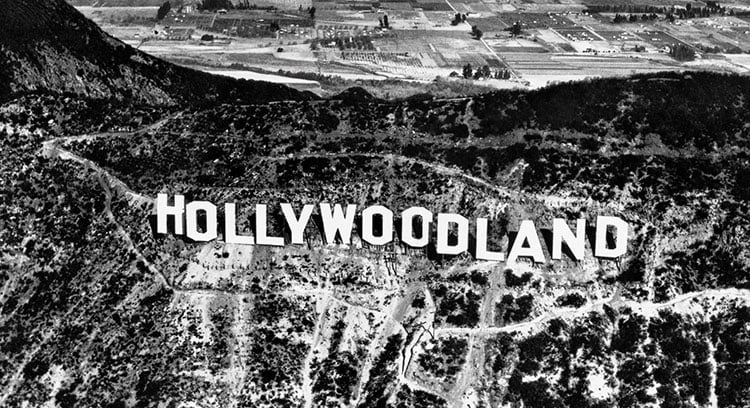
In Sweden, until 1979, homosexuality was officially classified as a disease. As a form of protest, people began calling in to work claiming they felt "gay," humorously taking sick days for their "condition." This tongue-in-cheek activism contributed to Sweden becoming the first country to declassify homosexuality as a disease later that same year. Imagine how productive—or unproductive—Tuesdays must have been!
It is now thought that Alexander succumbed to Guillain-Barre syndrome per his symptoms, which is an auto-immune disorder that affects the stomach. If left untreated, even today, it will cause paralysis of the muscles but doesn’t affect the brain. After six days of not moving, Alexander was buried. Probably alive.
Alexander Von Humboldt was a German geographer in the late 1700s. His travels led him to modern-day Venezuela. While visiting with a local tribe, parrots spoke the local language everywhere. One parrot, in particular, sounded different. When Humboldt asked the local tribesman what language the bird was speaking, they said it was that of their enemy. That tribe had been wiped out. So Alexander transcribed at least 40 words from the bird, saving the language from dying.
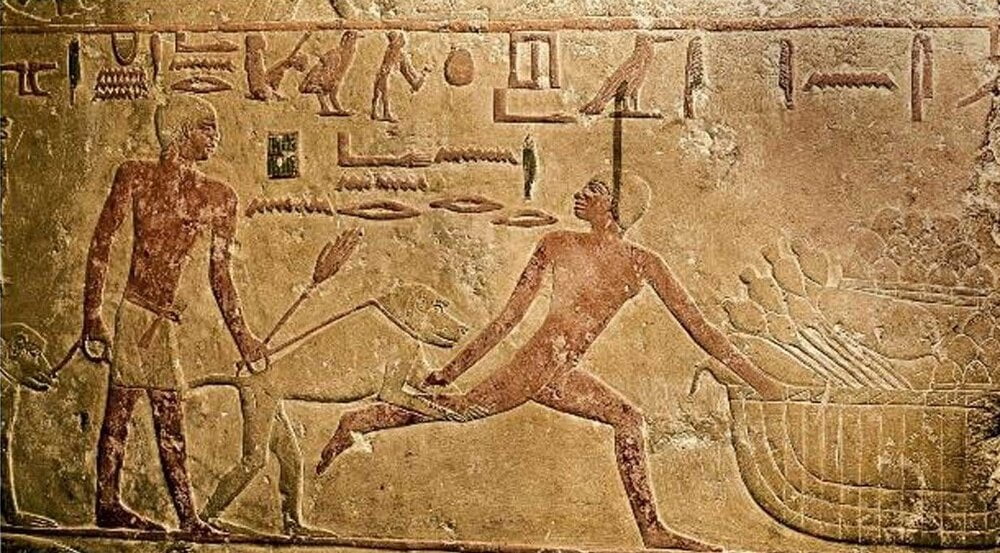
In ancient Egypt, trained baboons were employed to catch criminals, functioning much like modern police dogs. These intelligent primates were skilled in apprehending wrongdoers, an unusual yet effective method in maintaining law and order. This fascinating historical practice highlights the Egyptians' ingenuity and unique approach to law enforcement, showcasing a peculiar yet intriguing aspect of their civilization.
During the ancient Olympics, athletes performed naked. This was to bring them closer to the gods. The word gymnastics is derived from the two words “gumnasia”(exercise) and “gumnos”(naked). I imagine ratings would be quite a bit higher if this were practiced today.
Believe it or not, from 1900 to 1920, "Tug of War" was an official Olympic event. During this period, Britain dominated the competition, securing five medals, while the USA managed to win three. This unusual event added a unique twist to the early Olympic Games, blending raw strength and teamwork in a way we don’t see in today’s lineup.
When tablecloths were first invented, they were meant to be used by everyone as a napkin. They were a communal napkin for everyone at the table to wipe their face and hands after a messy meal.
During prohibition, the U.S. government struggled to stop people from drinking. So they began poisoning industrial alcohols at U.S. manufacturers. The plants were the favorite targets of bootleggers. It is estimated that approximately 10,000 Americans died due to the poisoning before prohibition ended.
Cleopatra wasn’t ethnically Egyptian. Although she was born in Alexandria, Egypt, Cleopatra was of Macedonian Greek descent, being a descendant of Ptolemy I, one of Alexander the Great’s generals.
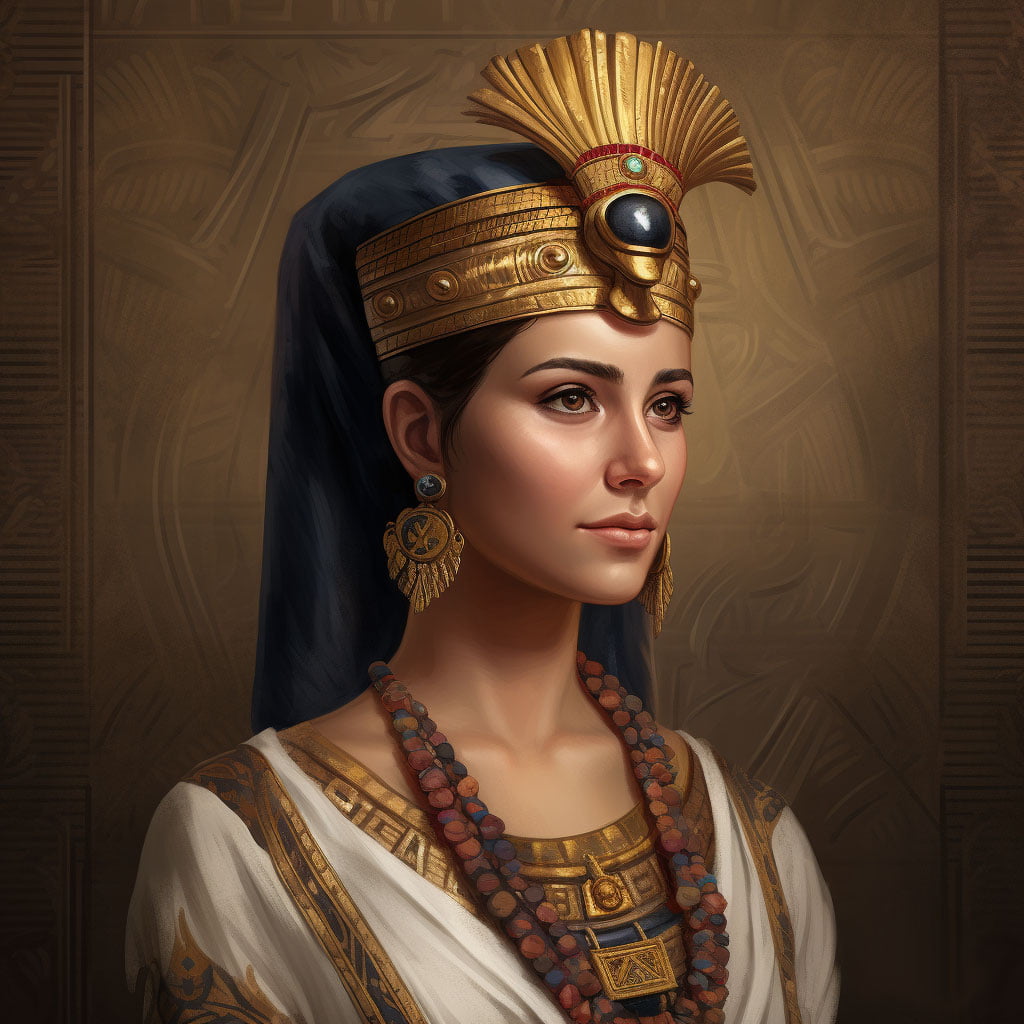
George Washington wasn’t the first face of the one-dollar bill. George first appeared on the $1 in 1869. The one-dollar bill was first introduced in 1862 during the civil war and the Secretary of Treasurer at the time was Salmon P. Chase. He designed the first banknotes and put his face on the $1.
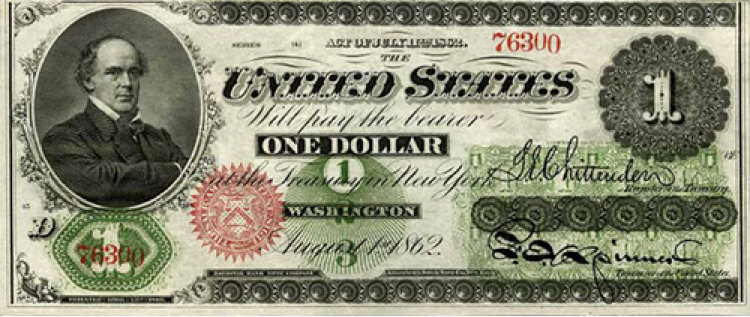
This one has become more well known the last few years. But Christopher Columbus didn’t discover America. That honor goes to Leif Erikson. He was the first European to discover America in the 10th century. Five hundred years before Columbus was born. Read about the first Thanksgiving here.
Ever wondered why America is only one of a few countries not to use metric? It could have been because of pirates. But that’s a whole story on its own. Please read about it here.
Forget the iconic wide-brimmed Stetsons we associate with cowboys today. In the 19th-century American West, bowler hats were the fashionable choice for many cowboys. These sturdy, rounded hats were practical for riding and offered better protection from the wind. So, those classic Western cowboys likely looked more like dapper gentlemen than the rough-and-tumble image we see in movies today.
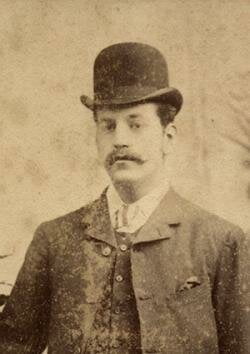
One crisp autumn morning, President Bill Clinton discovered he had lost the crucial nuclear launch codes, known as "the biscuit." The White House was thrown into chaos as Secret Service agents, aides, and staff members conducted a frantic search, retracing the President's steps and scouring the premises, his motorcade, residence, and Air Force One. Despite the tension, Clinton remained composed, managing the crisis and ensuring national security. After a nerve-wracking day, the codes were finally found in a drawer in the President's private study, prompting relief and the establishment of new security protocols to prevent future incidents.